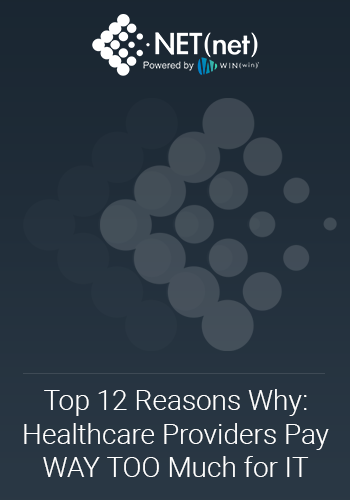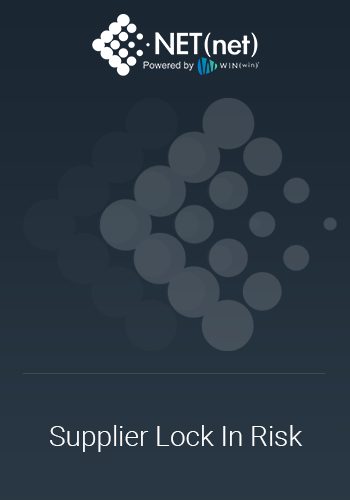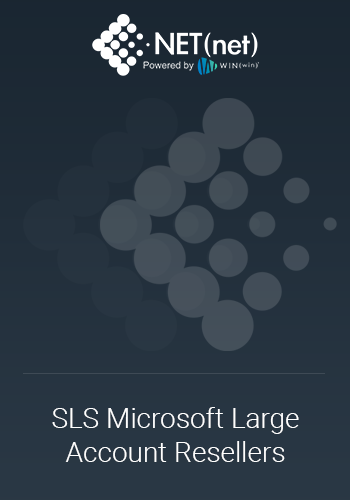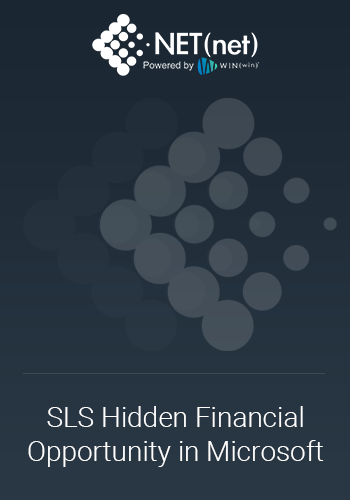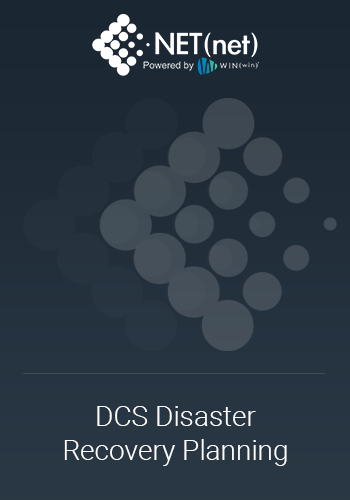Kin Hubbard, a humorist and journalist who lived 100 years ago once said “the safest way to double your money is to fold it over once and put it in your pocket”. Clearly views are different today. The value of mergers and acquisitions in the U.S. financial-services sector alone more than doubled to a whopping $196.5 billion in 2018 from $82.3 billion in 2017.
According to a report by White & Case, Financial Institutions M&A Sector 2019 Trends, there are possibilities of mega deals in Europe and that Wall Street behemoths may start flexing their expansion muscles. And when that materializes, a Stock Purchase Agreement (SPA) is the result that includes – at least – the following questions:
- Is the divesting entity obligated to provide licenses with the sale of the entity?
- What agreements are included or excluded in SPA schedules as part of the negotiation process and purchase price?
- Do the in-scope Software contracts have Terms and Conditions that include specific Change of Control language or other restrictions that impede or benefit a license transfer?
- Are there licenses available for the divested entity or does the divesting entity want to retain licenses to cover own needs?
While M&A announcements may get the headlines, a successful integration is the only true measure of a deal’s value. Delaying Software license disentanglement and transfer activities can have a negative impact.
From a Drop in a Bucket to a Big Deal
Unfortunately, in our experience, Financial Services Companies usually start IT license disentanglement and transfer efforts when it is too late.
Why you might ask? Well, it’s because the cost associated with Software contracts is less than marginal compared to the overall deal value. A $3B acquisition / divestiture includes less than $60M in licensing use rights.
What is the problem may be your next question? The divesting entity has Software licensing rights they can no longer allocate and charge to an owner, resulting in stranded cost that erodes the deal value, while the acquiring company has no Software licensing rights required to operate their business. These factors lead to forced, unplanned and therefore unbudgeted license purchases and escalating deal cost.
Guess who the winner is? Gary Lineker once famously said “Football (European) is a simple game -- 22 men chase a ball for 90 minutes and at the end, the Germans always win”. In this case the supplier always wins. A discussion with the divesting entity about what to do with unused licenses is an opportunity to increase revenue. The fire drill to become license compliant by the acquired entity removes every incentive to price the licensing needs aggressively.
IT Procurement and IT Software Asset Management functions can play an important role in ensuring the risk and cost of these transactions are minimized.
Senior Management will say: No surprises, please!
That starts with assigning asset disentanglement ownership at the start of the project. Not after the sale is announced. As both parties negotiate the sale, the priority for this “project stream” centers around:
- Understanding divestiture intention and review SPA schedules relevant for this stream
- Documenting scope of disentanglement efforts focused on what is in/out
- Create a detailed asset inventory
Next phase includes finding associated agreements and perform a detailed review of in-scope contract terms. Work with Contract Owners to forecast future demand and agree on asset transfer principles. This is input to a Software Migration Strategy and will allow the M&A Leaders to understand the financial impact.
Once the sale is announced, teams from both parties can start to work together to optimize the asset transfer process. The focus shifts to the suppliers to initiate Software licenses transfer plan and capture any contractual changes before the ownership transfers to the buying entity.
There will be some post-close activities required before the experience and knowledge are captured for future transactions.
Use NET(net) to minimize risk and optimize value
Besides “No surprises, please”, Senior Management will also ask whether they have qualified resources available to advise us on the issues. Of course! Nonetheless, usually someone is brought in to “manage the stream”.
We advise our clients to go one step further and engage an independent 3rd party like NET(net) to ensure that:
- Any license compliance issues are addressed
- Configuration is optimized
- Negotiation strategies are designed before engaging the suppliers in license transfer discussions.
This required activity can now be turned into a strategic advantage by further optimizing cost in the IT supply chain.
About NET(net)
Celebrating 17 years, NET(net) is the world’s leading IT Investment Optimization firm, helping clients find, get and keep more economic and strategic value. With over 2,500 clients around the world in nearly all industries and geographies, and with the experience of over 25,000 field engagements with over 250 technology suppliers in XaaS, Cloud, Hardware, Software, Services, Healthcare, Outsourcing, Infrastructure, Telecommunications, and other areas of IT spend, resulting in incremental client captured value in excess of $250 billion since 2002. NET(net) has the expertise you need, the experience you want, and the performance you demand. Contact us today at info@netnetweb.com, visit us online at www.netnetweb.com, or call us at +1-866-2-NET-net to see if we can help you capture more value in your IT investments, agreements, and relationships.
NET(net)’s Website/Blogs/Articles and other content is subject to NET(net)’s legal terms offered for general information purposes only, and while NET(net) may offer views and opinions regarding the subject matter, such views and opinions are not intended to malign or disparage any other company or other individual or group.

